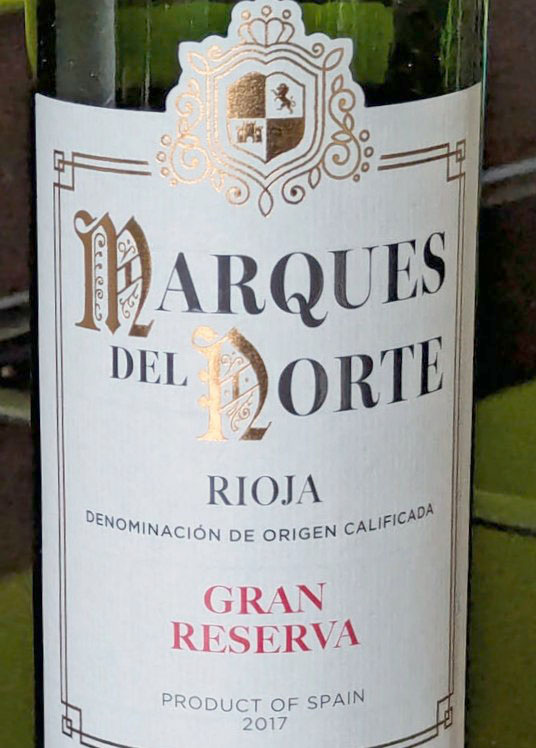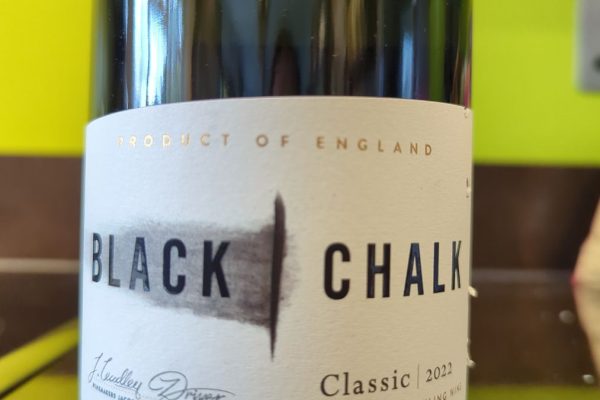
After the recent Asda press tasting, I decided to revisit the Marques Del Norte Rioja Gran Reserva to see if my initial impression of it being a great wine still held. With an ABV of 14%, this wine is also a 2024 IWSC Bronze Medal Winner.
This Gran Reserva, made entirely from 100% Tempranillo grapes, is richly aromatic. It offers an aroma of black fruits, chocolate and a gentle hint of oak. On the palate, it delivers flavours of cherry, liquorice, vanilla and a little spice.
Upon re-tasting, I also found it reminiscent of M&S’s El Duque De Miralta Rioja Reserva but with slightly less oak. A bit of research revealed both wines are produced by El Coto, the largest wine producer in Rioja. Interestingly, while the Marques Del Norte is labelled as a Gran Reserva, El Duque De Miralta is classified as a Reserva, which is surprising given their similar profiles.
El Coto’s extensive operations span around 730 hectares across eight farms situated throughout nearly every Rioja sub-region. This wide reach allows them to produce a diverse portfolio of wines, including premium offerings such as the Coto de Imaz, another one of my picks. This also sheds light on how a single producer can supply two seemingly similar wines, that really are not the same wine, to different retailers, with one a Gran Reserva and the other as a Reserva. However, it also underscores the importance of looking beyond these classifications to truly appreciate what’s in the bottle.
In conclusion, this wine is just as great as it was during my brief encounter at the press tasting. Usually priced at £13.50, the Marques Del Norte can often be found on promotion. At the time of writing, it is available for £12.50 at Asda, with an additional 25% off when buying six or more bottles, bringing the price down to an excellent £9.38 per bottle.













